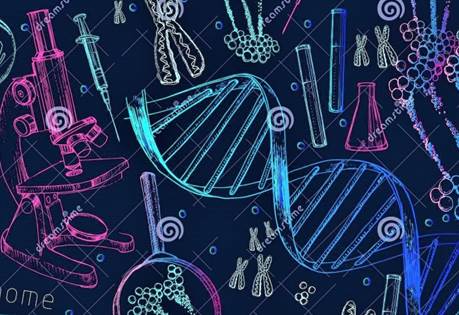 L’area di Genomica Funzionale è dedicata alla localizzazione e alla perturbazione dell’espressione genica durante lo sviluppo embrionale negli organismi marini. Include due aree dedicate:
L’area di Genomica Funzionale è dedicata alla localizzazione e alla perturbazione dell’espressione genica durante lo sviluppo embrionale negli organismi marini. Include due aree dedicate:
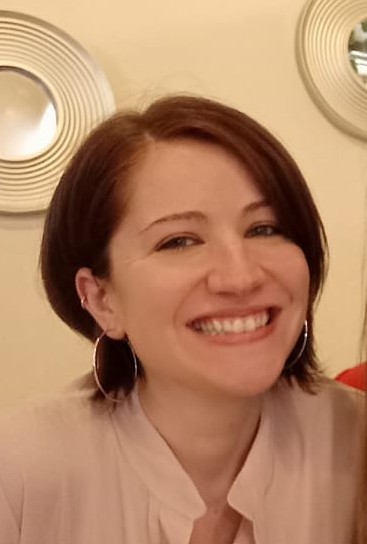 Responsabile: Filomena Caccavale
Responsabile: Filomena Caccavale
Questo indirizzo email è protetto dagli spambots. È necessario abilitare JavaScript per vederlo.
Interno #255
Secondo piano Ala EST

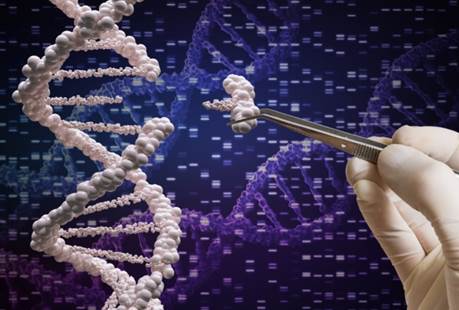 L’area Perturbazione genica è dotata della strumentazione necessaria per la traformazione e coltura di embrioni di organismi marini.
L’area Perturbazione genica è dotata della strumentazione necessaria per la traformazione e coltura di embrioni di organismi marini.
Sono presenti: un puller per preparare aghi da microiniezione, un elettroporatore e n. 3 setup per microiniezione necessari per la trasformazione di zigoti.
Sono inoltre disponibili n. 3 incubatori refrigerati ed una camera termostatata (walk-in) per la crescita degli embrioni alla temperatura richiesta (tipicamente 15, 16, 18 e 20°C).
 Responsabile: Mara Francone
Responsabile: Mara Francone
Questo indirizzo email è protetto dagli spambots. È necessario abilitare JavaScript per vederlo.
Interno #353
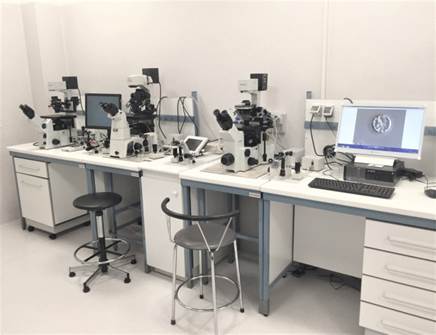
Secondo piano Ala EST, #244, #246
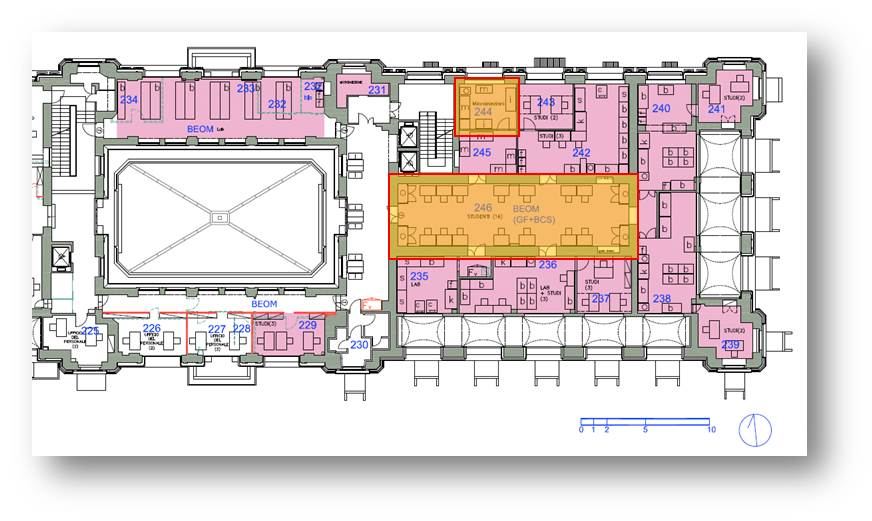
|
|
| Elettroporatore |
| Puller |
| Setup Microiniezione 1 |
| Setup Microiniezione 2 |
| Setup Microiniezione 3 |
| Incubatore Panasonic (15°C) |
| Incubatore Memmert (18°C) |
| Incubatore VelpScientifica (20°C) |
| Walk-in (18°C) |
| Prenotazioni su www.labagenda.com |
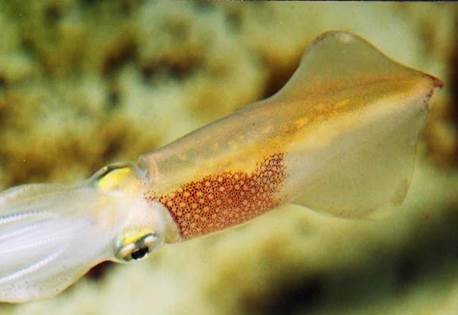 L’area funzionale di Fisiologia e Comportamento è dedicata all’analisi e allo studio della fisiologia, delle neuroscienze e del comportamento di organismi marini, inclusa la valutazione della plasticità neurale e comportamentale. Include tre aree dedicate:
L’area funzionale di Fisiologia e Comportamento è dedicata all’analisi e allo studio della fisiologia, delle neuroscienze e del comportamento di organismi marini, inclusa la valutazione della plasticità neurale e comportamentale. Include tre aree dedicate:
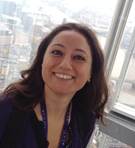 Responsabile: Pamela Imperadore
Responsabile: Pamela Imperadore
Questo indirizzo email è protetto dagli spambots. È necessario abilitare JavaScript per vederlo.
Interno #281
Primo piano Ala EST
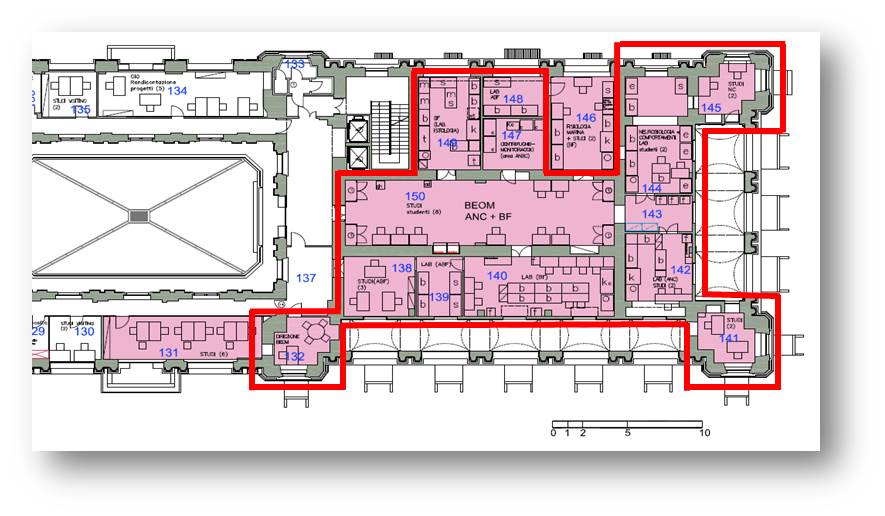
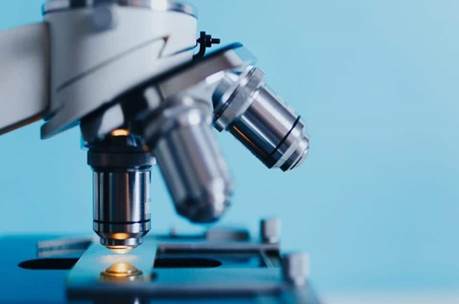 L’area Osservazioni microscopiche è dotata di n. 4 sistemi:
L’area Osservazioni microscopiche è dotata di n. 4 sistemi:
2 microscopi, entrambi a luce visibile e fluorescenza;
2 stereomicroscopi, uno a luce visibile e l’altro a luce visibile e fluorescenza.
 Responsabile: Mara Francone
Responsabile: Mara Francone
Questo indirizzo email è protetto dagli spambots. È necessario abilitare JavaScript per vederlo.
Interno #353
Secondo piano Ala EST, #245
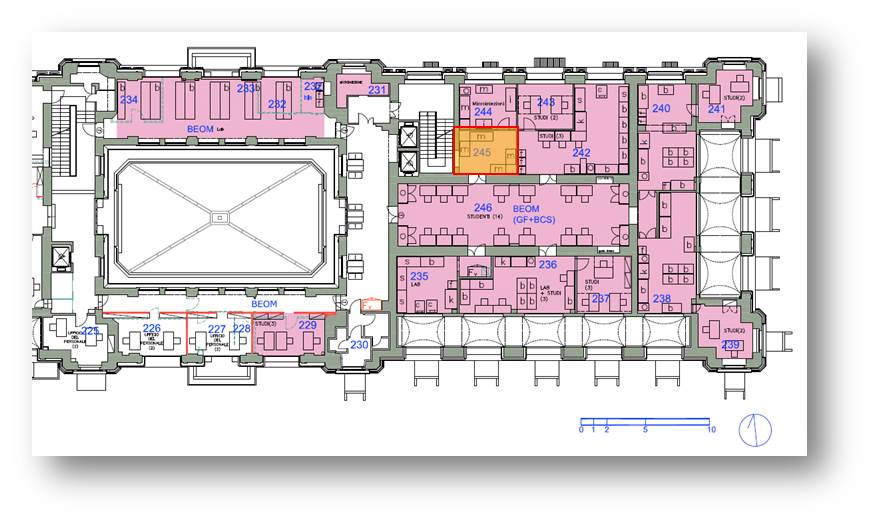
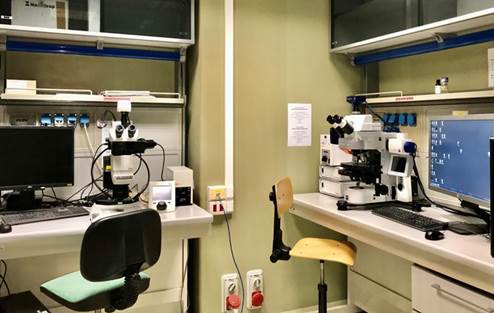
| Strumentazione prenotabile |
| Microscopio Zeiss Apotome.2 |
| Microscopio Zeiss Imager.M1 |
| Stereomicroscopio Leica M205FA |
| Stereomicroscopio Leica M205C |
| Prenotazioni su www.labagenda.com |
 L’area di Biologia Molecolare e dello Sviluppo è dedicata all’analisi e allo studio dei meccanismi regolatori che governano lo sviluppo degli organismi marini. Include le seguenti aree dedicate:
L’area di Biologia Molecolare e dello Sviluppo è dedicata all’analisi e allo studio dei meccanismi regolatori che governano lo sviluppo degli organismi marini. Include le seguenti aree dedicate:
- Elettroforesi e PCR
- Centrifugazione e ultracentrifugazione
- Estrazione e purificazione di acidi nucleici
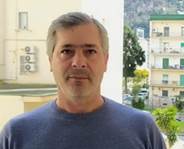 Responsabile: Alessandro Amoroso
Responsabile: Alessandro Amoroso
Questo indirizzo email è protetto dagli spambots. È necessario abilitare JavaScript per vederlo.
Interno #345
| Primo Piano Ala Est | Secondo Piano Ala Est |
 |
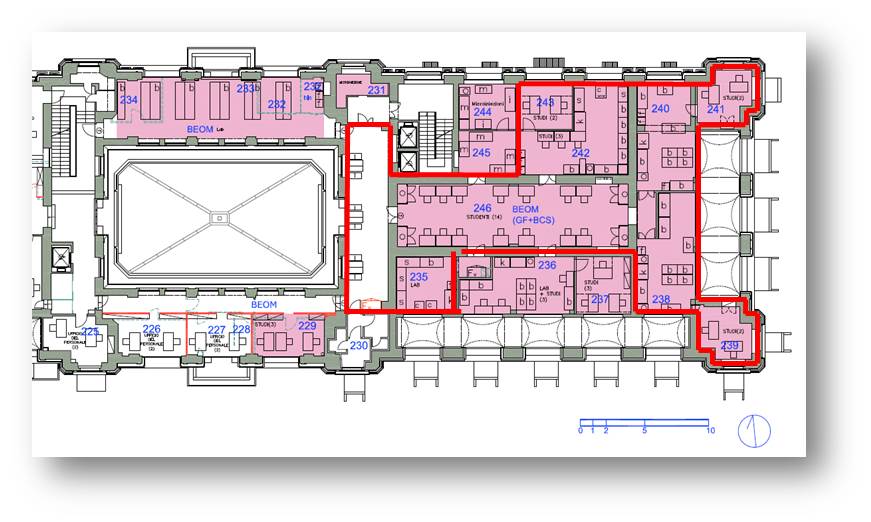 |










